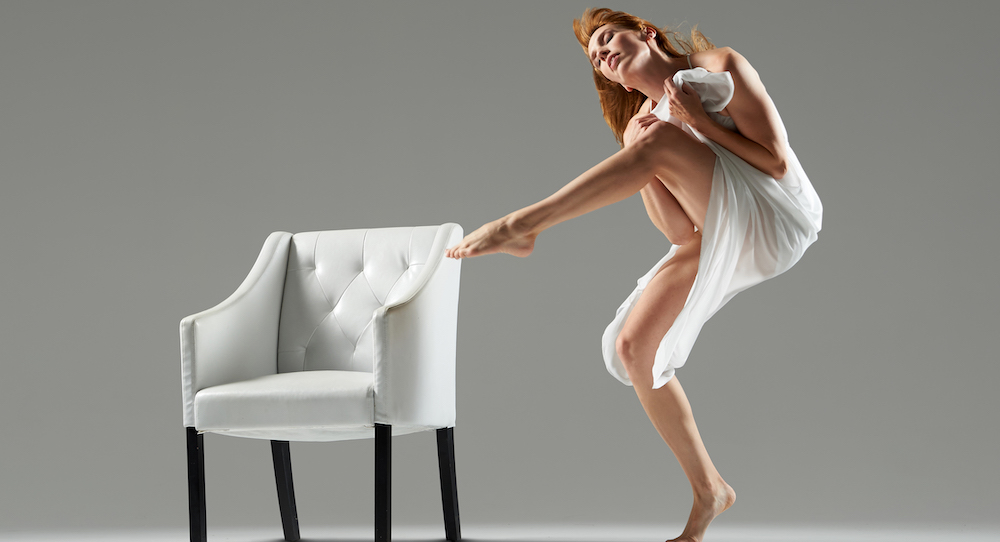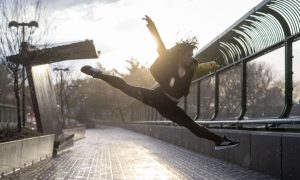Collaborating is central to most, if not all, creative projects and processes (solo projects might be an exception, but even in those no one creates in a total vacuum). At the same time, the arts are known for having — to put it nicely — some real personalities in their spaces. Some people simply create better product together better than other pairs (or groups). Sometimes things between those who create together just click, and magic happens. Other times, things just don’t work out as well.
For dancers and choreographers, collaborators include (but are not limited to) lighting designers, costume designers and composers. Dance Informa spoke with three choreographers with extensive experience with collaborating in the creation of dance art, offering insights on how to fruitfully and harmoniously collaborate more consistently. Here’s what they have to say.
DO be structured about how you will work together, and communicate openly about expectations.
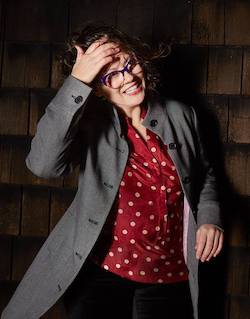
Teresa Fellion. Photo by Jaqlin Medlock.
Teresa Fellion, founder and director of Body Stories: Teresa Fellion Dance (NYC), recommends setting a working schedule for collaborating. Even if times and/or dates have to change (just about everyone in the arts is juggling many moving pieces in their schedule), it establishes goals — for instance, four two-hour costume fittings scheduled prior to a performance, so the costume designer has enough time to shop, create, design and alter.
Erin Carlisle Norton, founder and director of The Moving Architects (NJ/NYC), underscores the importance of truly taking advantage of this meeting time. You’ll never feel like you have long enough, as is most often the case in the arts! She also stresses the need to make expectations clear. For instance, if you expect a lighting designer or composer to be present for tech and dress rehearsals, until the work is done, express that (preferably in writing) at the outset or at least before those nights. That’s a key way to ensure you get what you need from your collaborator, and to avoid conflict.
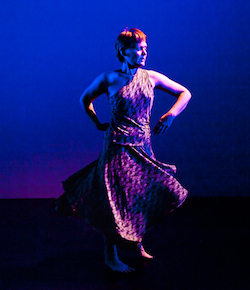
Eva Dean. Photo by Yi-Chun Wu.
DON’T limit what you view as “collaboration”.
Eva Dean, founder and director of Eva Dean Dance (NYC), describes how engaging in other kinds of collaboration – those many might not at first see as collaboration – helped her to, as a young artist in New York City, begin creating work with few resources. For instance, she created a work on her rooftop largely because she couldn’t afford to rent out a venue. “Making that work shaped my work and the artist I am,” she shares.
Dean asserts that dance artists collaborate with the spaces in which they dance. Concerning outdoor site-specific work, “you’re not going to get better lighting and scenic design,” she quips. There might not be a highly interactive working relationship there, but artists must engage with what a site offers and how it may challenge them. Bringing a collaborative mindset to working with a site might very well make that work more fruitful and enjoyable.
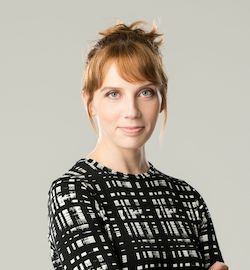
Erin Carlisle Norton.
Dean also recounts how, at that time, as a young artist in NYC trying to make work with very limited resources, she negotiated for reduced-cost space rental in a local synagogue. The person with whom she negotiated for that rental was in his own way a collaborator, for his part in allowing Dean to have space in which she would rehearse — which, arguably, she couldn’t have made work without. Dean also believes that working with stage managers and administrators is collaboration; all are joined in an effort toward bringing to life the work at hand.
DO communicate openly, but with boundaries.
Fellion and Carlisle Norton both stress the value of open communication. Carlisle Norton has found that some collaborators aren’t always as open to communication as others. She agrees that it’s valuable to try out different ways of handling this, and put what works into your “toolbox” (so to speak) of ways to handle it in the future. At the same time, Fellion points out, it’s healthy for collaborators to work independently within their respective mediums, as long as there is communication throughout, and then come together to create the final product. “You both bring together what you do well to create the final work,” Carlisle Norton adds.
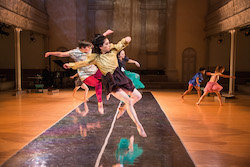
Body Stories: Teresa Fellion Dance. Photo by Scott Shaw.
Thus, there’s a balance to strike here, with discretion from your own intuitive sense, so that no one steps on anyone else’s toes. For instance, daily inquiries into progress would most likely feel invasive, not to mention irritating. Dean, Fellion and Carlisle Norton also agree with the sense that just like in any kind of relationship, these sorts of boundaries — and overall communication — will feel and look different than that between two other people. Each pair or group of people has a unique chemistry within their relationship.
Dean gives a clear example of this through how she interacted and worked with two different collaborators in very separate ways. With Donald Knaack, a composer, the collaboration was methodical and careful. With composer Caroline Partamian, the collaboration was quicker and more intuitive. Neither was wrong or right; it just had to do with how these two pairs came together as people in a working relationship.
DON’T be afraid to part ways if the collaborative relationship isn’t working out, or take for granted when it is.
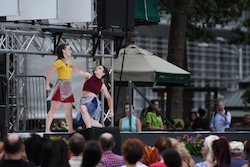
The Moving Architects.
Carlisle Norton shares that she’s had to decline working with certain collaborators again, and it really seemed to be for the best. “If things truly don’t feel right, people understand,” she shares. On the other side of that spectrum, do what you can to support and nurture those collaborators you find whom you do work with well, because they’re not all that abundant, Carlisle Norton asserts.
She gives an example of how the visual artist with whom she collaborates, Gwen Charles, challenges her to think “outside of the box” — bigger, bolder and more daring. Their working relationship is such that they enhance what the other does. If collaboration is to be central to most creative processes, it seems like we should seek to make it as smooth, pleasant and fruitful as possible. Art, and artists, can only stand to benefit from doing so.
By Kathryn Boland of Dance Informa.


